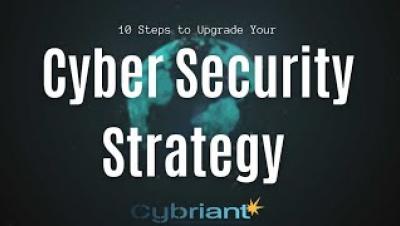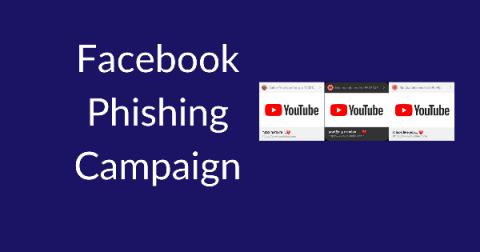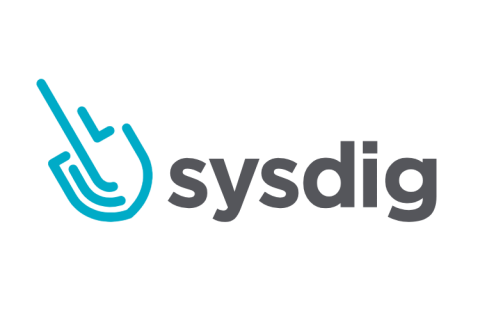Security | Threat Detection | Cyberattacks | DevSecOps | Compliance
%term
Facebook Phishing Campaign
An investigation into a suspicious Facebook Messenger message led to the identification of an active Facebook phishing campaign seemingly resulting in victim accounts being abused by the threat actor to further propagate the phishing lure.
3 Zones that Require Network Security for Industrial Remote Access
By now, we have a good understanding of what secure remote access (SRA) is and why organizations might choose to enable it for their OT environments. We also know that securing IT-OT collaboration, leveraging guidance from best practice frameworks and using an automated solution can help organizations to implement this type of access. Even so, we still don’t have a detailed view of how to implement industrial remote access in practice.
IoT Devices: Privacy and Security in Abusive Relationships
A few weeks, ago, technology news site The Verge reported on a new Ring security camera that is in fact a drone that flies around inside your house. Available beginning next year, the ‘Always Home Cam’ is supposed to give its owners a total view of their home without the need for multiple cameras. Those worried about break-ins or other kinds of suspicious activities may like the idea of being a fly on the wall in any room inside the house, even when they’re away from home.
Use of Digital Identities to improve consumer experiences
Nowadays I do not need to waste my time fidgeting what I want to binge watch this weekend because my Netflix seems to knows what I would want to see better than me. And I often cringe if people ask me to share my Netflix account with them as that disturbs my suggestion algorithm. Similarly, while ordering from Myntra, it shows me suggestion of products which are available in my size and according to my spending capacity based on my previous buying habits.
Understanding and mitigating CVE-2020-8563: vSphere credentials leak in the cloud-controller-manager log
While auditing the Kubernetes source code, I recently discovered an issue (CVE-2020-8563) in Kubernetes that may cause sensitive data leakage. You would be affected by CVE-2020-8563 if you created a Kubernetes cluster over vSphere, and enabled vSphere as a cloud provider with logging level set to 4 or above. In that case, your vSphere user credentials will be leaked in the cloud-controller-manager‘s log.
Weekly Cyber Security News 16/10/2020
It has been an interesting few months for all of us, and perhaps the only ones to have really benefited are the bad guys. With people on the edge for the latest news, and for those countries where governments have quickly setup public health alerting often quickly with little opssec planning, the doors are open for many opportunities for crooks to cash in – and they have. Needless to say, if you are here, then you probably already know the value of checking before acting right?
Watch Here: How to Build a Successful AppSec Program
Cyberattackers and threat actors won’t take a break and wait for you to challenge them with your security efforts – you need a proactive application security (AppSec) program to get ahead of threats and remediate flaws quickly. It’s critical that you stand up an AppSec program covering all the bases, from which roles each team member will have to alignment on KPIs and goals, and even a detailed application inventory to stay on top of your code.
Guide to SQL Server Permissions
For anyone managing a SQL Server database, understanding permissions is critical to ensuring that only authorized users are able to view and modify data. This article explains the different types of SQL Server permissions, including server-level and database-level user permissions, and provides guidance on how to manage them.
7 Steps of Cyber Kill Chain
The Cyber Kill Chain offers a comprehensive framework as a part of the Intelligence Driven Defense model. In this article, we will discuss what the cyber kill chain is and what its steps are. Cyber intrusions are the worst nightmare of many of us. That is why many cyber security professionals and developers offer unique solutions for the identification and prevention of cyber intrusions activity. Being one of those developers, Lockheed Martin has brought the Cyber Kill Chain into our lives.










